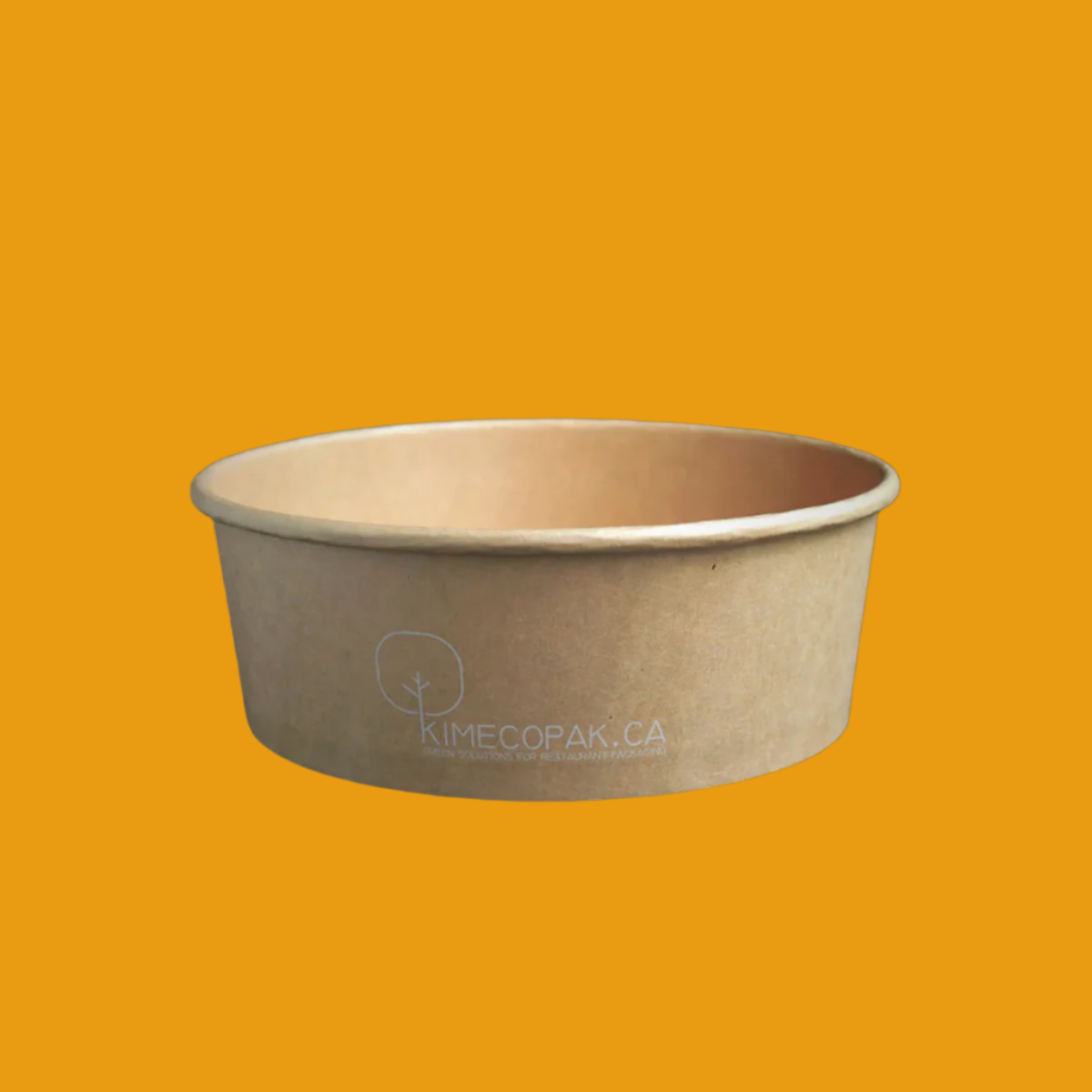The rise of food delivery services and changing consumer habits have paved the way for a new and innovative model in the foodservice industry: ghost kitchens. Also known as virtual kitchens or cloud kitchens, ghost kitchens are restaurants that operate exclusively through online orders and delivery platforms, without a traditional storefront or dining area. This business model allows operators to reduce overhead costs, focus on optimizing delivery operations, and cater to the growing demand for convenience.
However, within the world of ghost kitchens, there are several types, each offering unique benefits and challenges depending on the business's goals, target market, and operational needs. In this article, we'll explore the different types of ghost kitchens and help you understand which model might be the right fit for your business.
- Cloud Kitchen Hygiene Standards: How to maintain?
-
How to Start a Ghost Kitchen and Succeed in the Food Delivery Boom
-
Cloud Kitchen vs Ghost Kitchen: An Overview
Common Types of Ghost Kitchens

Commissary Kitchen (Shared Kitchen)
A commissary kitchen is a shared space that multiple brands or individual chefs rent out to prepare food. These kitchens are fully equipped with the necessary facilities, including commercial-grade ovens, refrigeration, and workspace.
Advantages:
- Reduces initial investment costs. By sharing resources, businesses can minimize overhead and focus on building their brands.
- Easier to scale operations. Small businesses can easily upscale by renting more time or space in the kitchen as demand grows.
Disadvantages:
- Competition for kitchen time and space. Scheduling can become tricky, leading to potential conflicts over peak hours.
- Limited personalization. The shared nature often means that businesses cannot customize the kitchen to fit their specific needs.
Incubator Kitchen
An incubator kitchen is a temporary space that allows chefs and entrepreneurs to test new restaurant concepts or menu items. These kitchens are designed to be transitional, offering flexibility without a long-term commitment.
Advantages:
- Highly flexible and affordable. Startups can experiment without the burden of long-term leases or extensive initial investments.
- Ideal for concept testing. Entrepreneurs can quickly gauge customer interest in new ideas or dishes.
Disadvantages:
- Limited operational time. Incubator kitchens are often available for short-term use, which might not be suitable for those looking to establish a more permanent presence.
- Resource limitations. As these spaces are designed for testing, they may not have all the equipment needed for full-scale operations.

Kitchen Pods (Container Kitchens)
Kitchen pods are unique cooking spaces built from repurposed shipping containers. These kitchens offer mobility, allowing food businesses to set up in various locations with minimal effort.
Advantages:
- Highly flexible in location. Kitchen pods can be moved to where the demand is, allowing for dynamic business strategies.
- Lower construction costs. Repurposing containers is often more cost-effective than building traditional kitchens.
Disadvantages:
- Limited space. Kitchen pods can be somewhat confined, potentially restricting menu options and operations.
- Must comply with local food safety regulations. Mobile kitchens need to adhere strictly to health codes, which can vary by region.
Virtual Kitchen
A virtual kitchen operates solely online and typically utilizes the infrastructure of an existing restaurant. This model focuses on providing delivery or takeout services without a physical dining space.

Advantages:
- Low operational costs. Without the need for a full-service dining location, businesses can significantly cut expenses.
- Easy to expand brands. Entrepreneurs can launch multiple brands from a single location, maximizing resource usage.
Disadvantages:
- Relies heavily on third-party delivery platforms. Businesses often depend on apps like UberEats or DoorDash for reaching customers, which can affect profit margins.
- Building brand recognition can be more challenging. Without a physical presence, attracting customers and establishing loyalty requires innovative marketing strategies.
Pop-up Kitchen
Pop-up kitchens are temporary setups used for special events or to test new markets. They create excitement and can often draw crowds eager to try something new.
Advantages:
- Quick market testing. Businesses can quickly assess how well their product resonates with consumers in different areas.
- Generates buzz and attracts new customers. The novelty of pop-up kitchens often creates a loyal following eager to experience what’s new.
Disadvantages:
- Not sustainable for the long term. The temporary nature limits the opportunity for ongoing customer relationships.
- Operational challenges. Managing logistics for events and ensuring consistent quality can be complex.
Comparing Different Types of Ghost Kitchens
|
Type |
Investment Cost |
Flexibility |
Best For |
|
Commissary Kitchen |
Medium |
Medium |
Small to medium businesses |
|
Incubator Kitchen |
Low |
High |
Startups, concept testing |
|
Kitchen Pods |
Low |
High |
Rapid location expansion |
|
Virtual Kitchen |
Low |
High |
Online brand development |
|
Pop-up Kitchen |
Very low |
Very high |
Events, market testing |
Understanding the various types of ghost kitchens can help aspiring food entrepreneurs make informed decisions. Each type comes with its own set of advantages and challenges, so it is important to assess individual business needs before choosing the best fit.
Ghost Kitchen Business Models: Choosing the Right Type for Your Startup

Assess Your Business Goals
Before diving into the world of ghost kitchens, it is crucial to define what you aim to achieve. Both short-term and long-term objectives can significantly influence the type of ghost kitchen best suited for your needs.
- Short-Term Goals: Identify immediate priorities, such as testing a menu or generating some initial revenue. For example, if your primary goal is to experiment with new recipes in a limited time frame, a virtual kitchen model could be ideal since it offers lower overhead costs and faster setup times.
- Long-Term Goals: Consider your vision for growth. If you aim to expand into multiple locations or franchises, this factor will play an essential role in selecting a model. A cloud kitchen scenario often supports rapid scaling with its inherent flexibility.
Analyze the Target Market
Understanding your target market is pivotal to your success as a ghost kitchen entrepreneur. Investigate consumer dining habits, preferences, and behaviors to create a food service tailored to their needs.
- Consumer Preferences: Are they looking for healthy options, ethnic cuisines, or trendy food items? For example, if your research indicates a rising interest in plant-based diets, aligning your offerings with this trend could increase your market engagement.
- Market Trends: Analyzing delivery trends and popular food platforms can guide your menu development. If local consumers frequently use platforms like Uber Eats or DoorDash, your ghost kitchen can focus on making dishes popular on those platforms to capture a larger audience.
Calculate Your Budget
An effective financial plan sets the foundation for any restaurant model, including ghost kitchens. Before you launch, you should assess both your startup and operational costs.
- Initial Setup Costs: This includes kitchen equipment, branding, and licensing fees. The lower financial commitment of a shared kitchen space can allow you to allocate funds to marketing and customer acquisition.
- Ongoing Operational Expenses: Factor in utilities, ingredient procurement, and delivery services. These expenses vary by model; for example, a virtual kitchen generally has reduced overhead compared to traditional setups.
Consider Scalability
As you plan your ghost kitchen, think not only about your current status but also about its future growth. The ability to scale your operation can provide ongoing opportunities for success.
- Model Flexibility: Some types of ghost kitchens offer better scalability than others. For instance, choosing a kitchen incubator allows you to begin with a small operation and gradually expand across various channels as your market presence grows.
- Expansion Opportunities: Consider how easy it would be to add more menu items or locations. Cloud kitchens are often designed with technology that supports efficient scaling, making it easy to introduce a broader range of offerings without the need for substantial investment.
Conclusion
Each ghost kitchen business model offers unique advantages depending on your business goals and budget. Understanding these distinctions can guide you toward a successful venture.
Startups should consider low-cost, high-flexibility options like virtual kitchens or incubator kitchens for market testing. This approach allows culinary entrepreneurs to adapt quickly to market demands while minimizing risks. As the industry evolves and consumer preferences shift, your choice of ghost kitchen model can set the stage for a successful culinary.








